Acu-Yoga for Shoulder Tension
 Effects of Stress
Effects of Stress
When we are under stress or are in danger, we automatically hunch our shoulders. This survival reflex protects the exposed neck and the head.
Unfortunately, these days such an instinct adds to chronic shoulder tension. When the body is under stress, shoulder and neck tensions are the first symptoms that appear.
This article offers self-healing resources and in-depth information about shoulder tension. Important aspects include cultural causes, emotional causes, and physical associations.
Then, at the bottom of the page, you’ll find an Acu-Yoga exercise you can do to relieve shoulder aches and tension.
Cultural Causes of Shoulder Tension
Modern lifestyles contribute to shoulder tension. Sedentary living – such as watching TV for recreation and the use of cars for transportation – causes sluggishness. This restricts the mobility of the entire body, including the shoulders. As your posture slumps, your breathing gets shallow, and tensions develop.
Many jobs today also create and reinforce shoulder tensions. Working at a computer or over a machine can cause shoulder tension. Truck drivers who hunch their shoulders as they hold the wheel can develop these tensions.
People who do close work, such as electronics, graphic arts, needlework, and jewelry-making, have a similar problem. Anyone in competitive, stressful situations, whether executive or student, usually suffers from shoulder tension.
Less-industrialized cultures of the past used their bodies more than we do simply for survival. The physical labors of working with the earth and hunting, and the play of active games and dancing, all kept their muscles in shape.
Now many of us are freed from the harshness of a survival existence. As a result, it is up to each one of us to provide ourselves with the activity and relaxation that are no longer a part of our daily lives.
Emotional Causes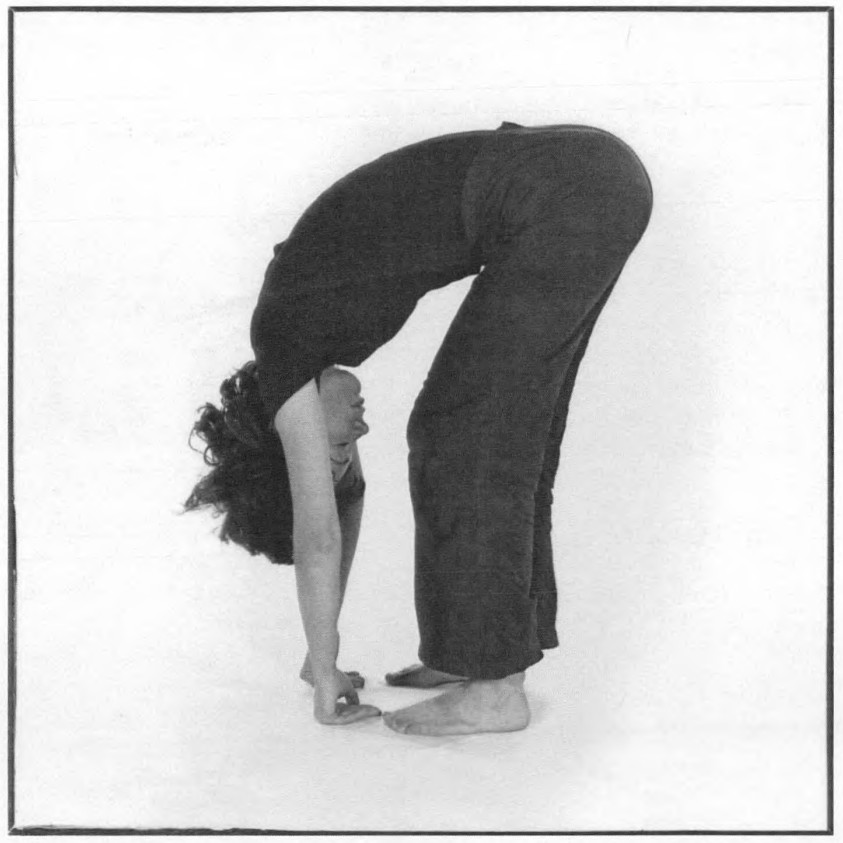
Shoulder tension can also be the result of emotional stresses and strains. These can easily build up, causing chronic problems. The feeling of “carrying the world on your shoulders” is literally true. The pressure of obligations, guilt, and burdensome responsibilities do rest heavily on the shoulder area.
As a result, the trapezius muscles can become tight and rigid. This tension itself then contributes to uptightness and irritability, which are also related to shoulder tension.
When feelings are not expressed, they are stored in the body instead. Most of us retain a lot of old emotional stress in our bodies, which limits us both physically and emotionally. Toxins build up physically, and fears, worries, anger, and anxiety build up emotionally.
This blocks our great natural capacity that comes from the mind and body working together. It’s one way that the innate homeostatic balancing mechanism is thrown off balance.
Most people unconsciously avoid parts of their bodies. People tend to block off parts of themselves to escape painful past experiences that have been internalized physically.
By releasing shoulder tensions, emotions often surface that the person is not used to experiencing or handling. In the beginning, it can seem like opening a Pandora’s Box of problems. Buried emotions, such as fears, anger, and hurts, begin to surface.
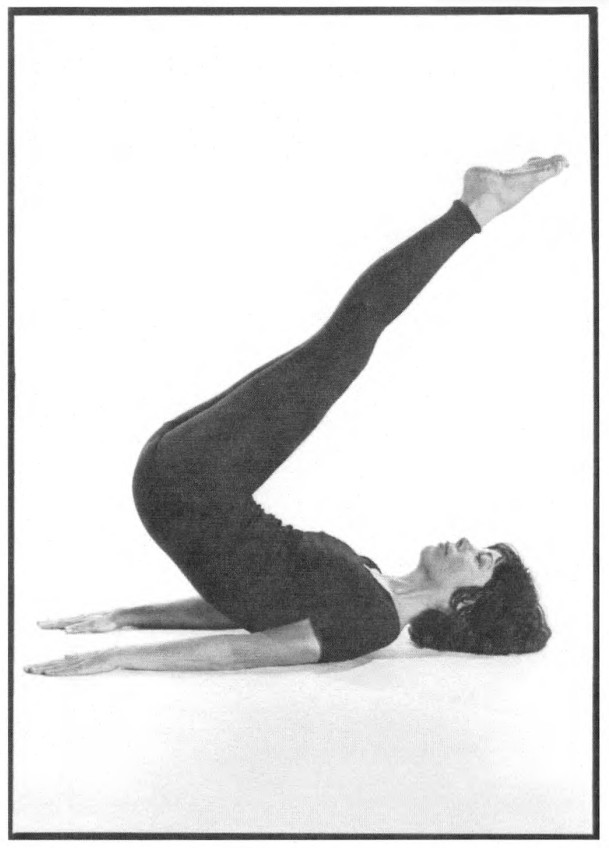 However, the release of these buried emotions frees us incredibly from the old emotional baggage that we’ve been carrying around.
However, the release of these buried emotions frees us incredibly from the old emotional baggage that we’ve been carrying around.
When you release shoulder tensions and their associated emotions, you’ll feel energized. With this growth process, you experience more aliveness and more wholeness.
Physical Associations
The shoulder girdle is designed for motion, adjusting to movements of the arms and back. The structure of the shoulder girdle is like that of the yoke which people from Holland used to carry their water pails, parallel to the ground. If one shoulder is higher than the other, there is an imbalance.
Three parts of the trapezius muscle govern the shoulder area. This very strong muscle reinforces the shoulder from the ligaments attached to the skull and to the vertebrae of the neck and upper back.
On the front of the body, the shoulders also structurally gain support from the sternum. The muscles of the shoulder area extend out in all directions, like the spokes of a wheel, coordinating movement of the arms, neck, head, and upper body.
Shoulder tensions, therefore, also affect all these parts of the body. They block off circulation to the extremities, directly for the arms, and indirectly (through the balance of the upper and lower spine) for the legs.
Both blood and Chi flow are restricted, often causing cold hands and feet. Fatigue is another problem associated with shoulder tension. This is because the blockage of the flow of blood and Chi causes a lack of energy.
Acu-Yoga for Shoulder Tension
With Acu-Yoga exercises, shoulder tensions can be released and a wave of warmth can flow into the extremities. A new sense of vitality and rejuvenation can emerge. Balancing this area has strong effects on the entire body, and is a key part of an overall body release.
Acu-Yoga Exercise – Bridge Pose
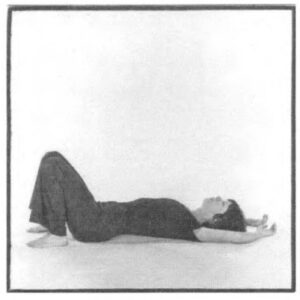
 Lie on your back. Bend your knees, with the soles of your feet flat on the floor.
Lie on your back. Bend your knees, with the soles of your feet flat on the floor.- Put your arms above your head on the floor, and relax them.
- Inhale, arching the pelvis up. Hold for several seconds.
- Exhale, as you slowly come down.
- Continue to inhale up and exhale down for one minute.
- Relax on your back with your eyes closed for a few minutes.
Benefits: shoulder ache or pain, fatigue, cold hands or feet, nervous exhaustion, irritability, excessive anger, high blood pressure, resistance to colds and flu.
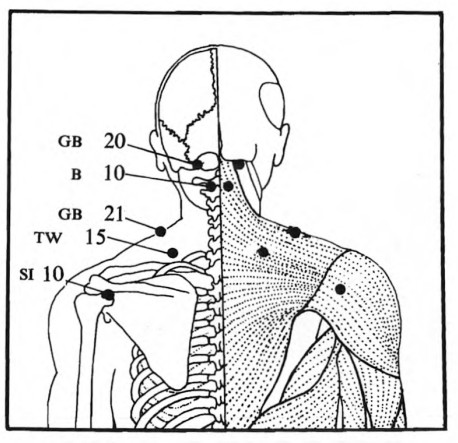 Acupressure Shoulder & Neck Points
Acupressure Shoulder & Neck Points
Traditional Associations
Triple Warmer 15 (TW 15) — Shoulder and neck pain, arm and elbow painful and cannot be raised, stiff neck
Gall Bladder 20 (GB 20) — Alternately hot and cold, eyes foggy, nervousness, painful shoulder, rheumatism, stiff neck, upper parts of the body feel heavy or hot
Gall Bladder 21 (GB 21) — The major point where shoulder tension collects, used for stiff neck, hyperthyroidism, and rheumatism
Bladder 10 (B 10) — Head heavy, spasm of neck muscles, limbs and body not coordinated, throat sore or swollen
Small Intestine 10 (SI 10) –– Muscular pain, numbness, swelling, or arthritis in the shoulder and scapula region
Self-Healing Shoulder Tension Resources
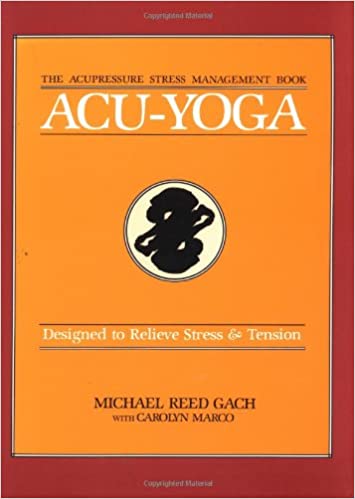
designed for Shoulder & Neck Relief

video for easing Shoulder & Neck tension
Michael Reed Gach Ph.D. Presents:
To Strengthen your Resistance to Illness, Release Fear
And Dissolve Shoulder Tension & Anxiety using Acupressure
